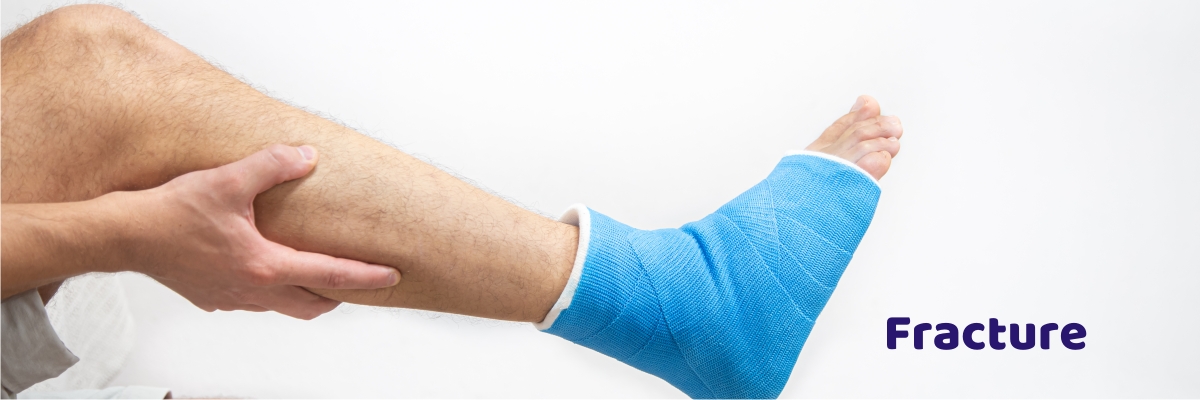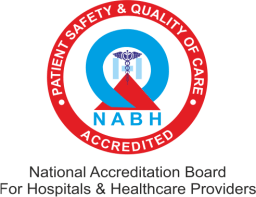
FRACTURE
Any breach or break in the continuity of the bone is called fracture. Any bodily injury can lead to fracture. The most common modes of injury leading to fracture are RTA, twisting injury or Fall on an outstretched hand. RTA – Road traffic accidents are high velocity injuries and most commonly associated with multiple fractures, may be associated with vital organ injuries and can be life threatening at times. Twisting Injury (More common in Sports persons) – Though more commonly, twisting leads to ligament injuries, twisting injuries can cause fracture, particularly around ankle joint. Fall on outstretched hand (Domestic Fall) – The most common mode of injury leading to fractures of different bones of upper limb. As a protective mechanism, patients usually try to break fall to prevent injuring himself.
Dislocation
A joint is dislocated when the surfaces forming the joint are in no connection with each other. Shoulder, hip, elbow and joints of fingers & toes are amongst the most commonly dislocated joints. A partial dislocation is called subluxation where the joint forming surfaces are partially in contact with each other. Dislocations are extremely painful and need to be reduced on emergency basis. Anaesthesia may be required in many cases for proper muscle relaxation to achieve reduction.
Not all Fractures need surgery
Fractures can broadly be classified into Non-displaced & Displaced fractures depending on the position of fractured pieces of bone. Non-displaced and minimally displaced fractured can be treated without surgery with proper immobilization using suitable splint. Fractures which are known to displace during immobilization, displaced fractures and intra- articular fractures (Fracture extending into the joint) need surgical intervention and fixation with implants.
The method of fixation and implants used depend on the type of fracture, bone quality, patient factors and expertise and preferences of the operating surgeon.


